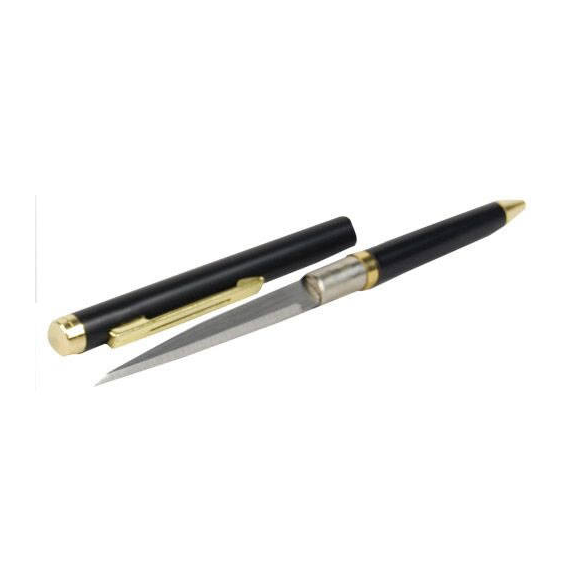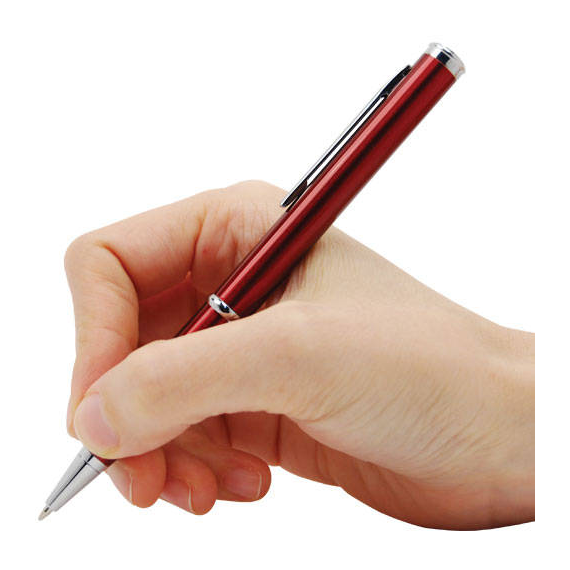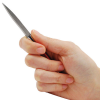Hidden Knife Pen – Discreet Pen Knife for Self-Defense & Utility
- Fast Shipping
- 90 Day Money Back Guarantee
- 100% Customer Satisfaction
Why Choose a Hidden Knife Pen for Self-Defense?
Protect yourself with the hidden knife pen from TBOTECH—a pen knife self defense tool that doubles as a fully functional writing pen. This knife disguised as a pen conceals a razor-sharp 2.13-inch stainless steel blade, perfect for discreet carry in your pocket, purse, or briefcase. Designed to look like a regular pen, this discreet pen knife offers an extra layer of protection for commuters, professionals, or anyone needing a concealed self-defense tool that blends seamlessly into everyday life.
Key Features of the Pen Knife Self Defense Tool
- Discreet Design: Looks like a real pen, writes smoothly, and conceals a 2.13-inch blade.
- Quick Deployment: Pull apart the two ends to reveal the razor-sharp stainless steel blade.
- Durable Build: Made with a sturdy metal body for daily use and reliability.
- Compact & Lightweight: Fits easily in pockets, bags, or notebooks for portable defense.
- Color Options: Available in Black, Gold, Red, and Silver to match your style.
Who Needs a Knife Disguised as a Pen?
The hidden knife pen is ideal for anyone seeking a discreet self-defense or utility tool:
- Commuters: Carry a concealed blade for protection during late-night walks or transit.
- Professionals: Keep a stylish pen with a hidden knife in your briefcase or pocket.
- Students: Use it as a writing tool that doubles as a safety measure on campus.
Trusted by Users for Self-Defense
The pen with hidden knife from TBOTECH is a top-rated choice for discreet safety, with users praising its realistic design and sharp blade (see reviews). Thousands have trusted this pen knife to provide reliable protection and utility, making it a must-have for anyone prioritizing personal security. With a 90-day money-back guarantee, you can rely on this discreet pen knife to deliver when you need it most—don’t wait to take control of your safety!
Why Buy from TBOTECH?
At TBOTECH, we specialize in innovative self-defense solutions. Our hidden knife pen ensures your safety with style, backed by:
- 90-Day Money Back Guarantee: Shop with confidence.
- Fast Shipping: Get your order quickly.
- Free Shipping Over $50: Save more on your purchase.
Order Now: Add this discreet pen knife to your cart and stay protected today!
Related Products
More self-defense solutions from TBOTECH:
- Comb Knife – Another discreet self-defense tool disguised as a comb.
- Lipstick Knife – Concealed blade in a stylish lipstick case.
Showing 3 of 60 reviews










